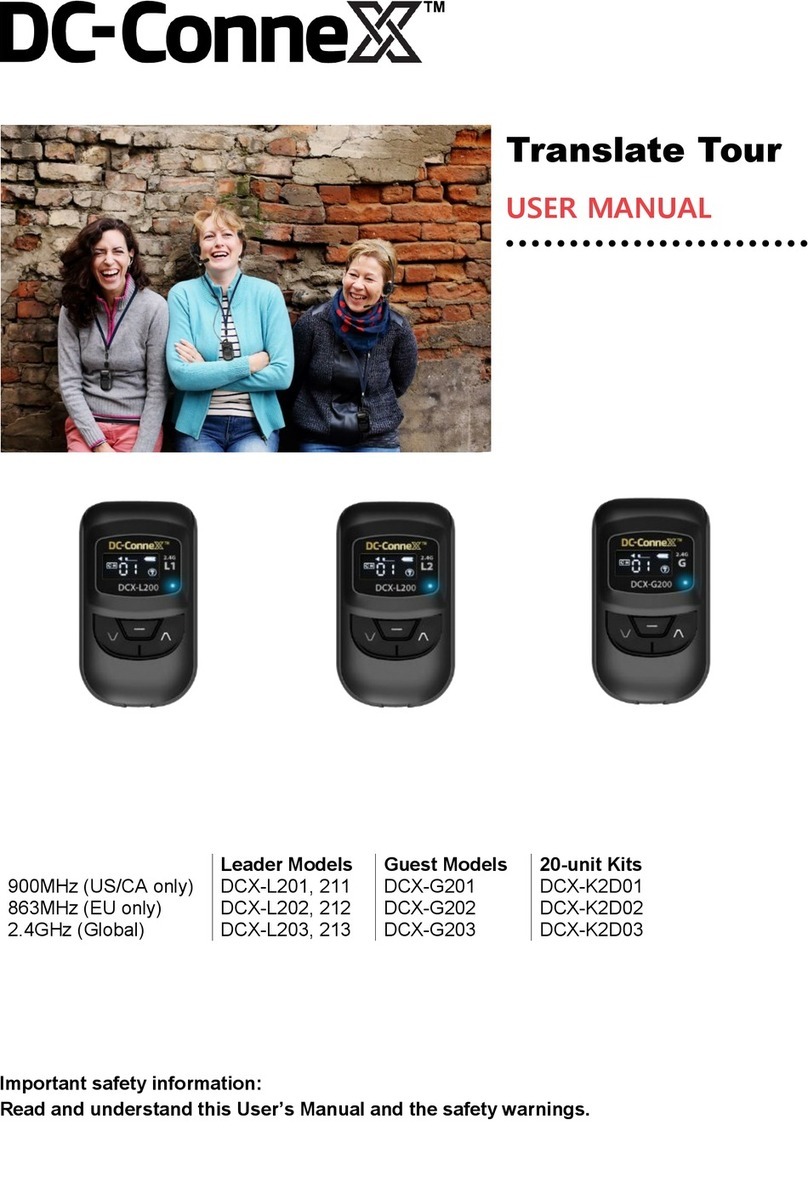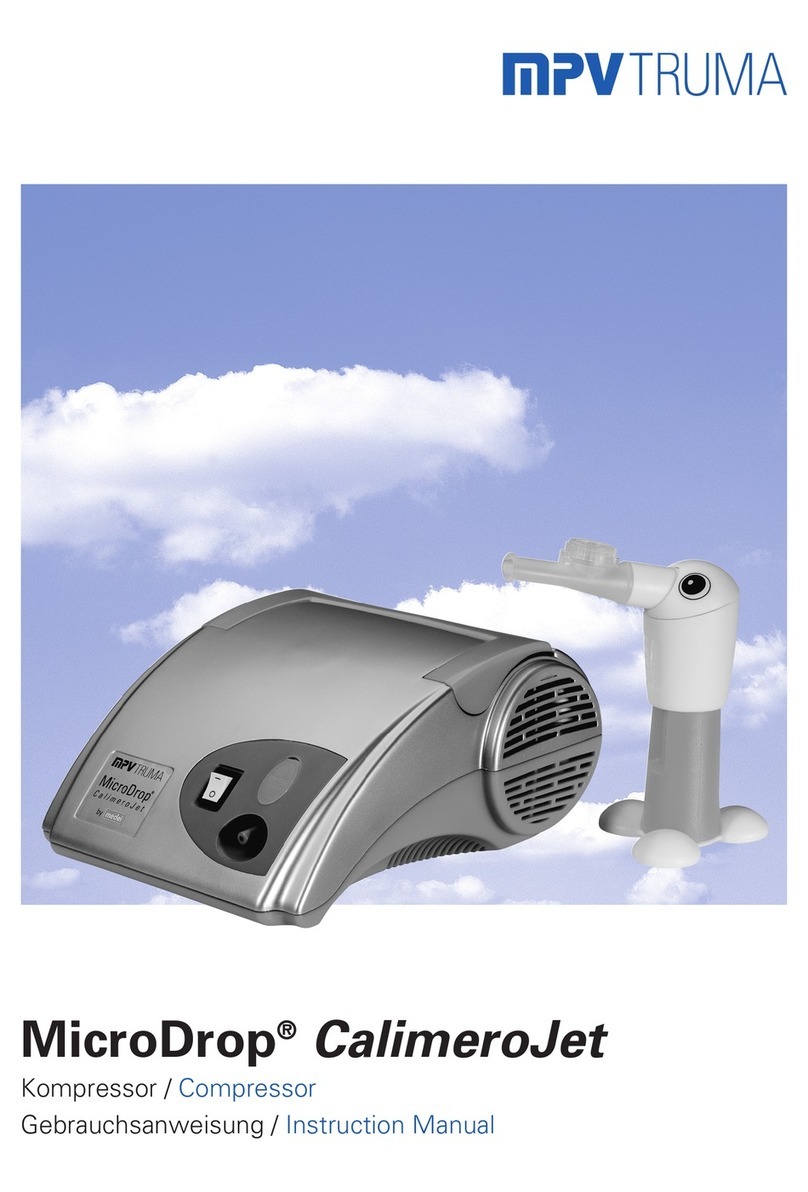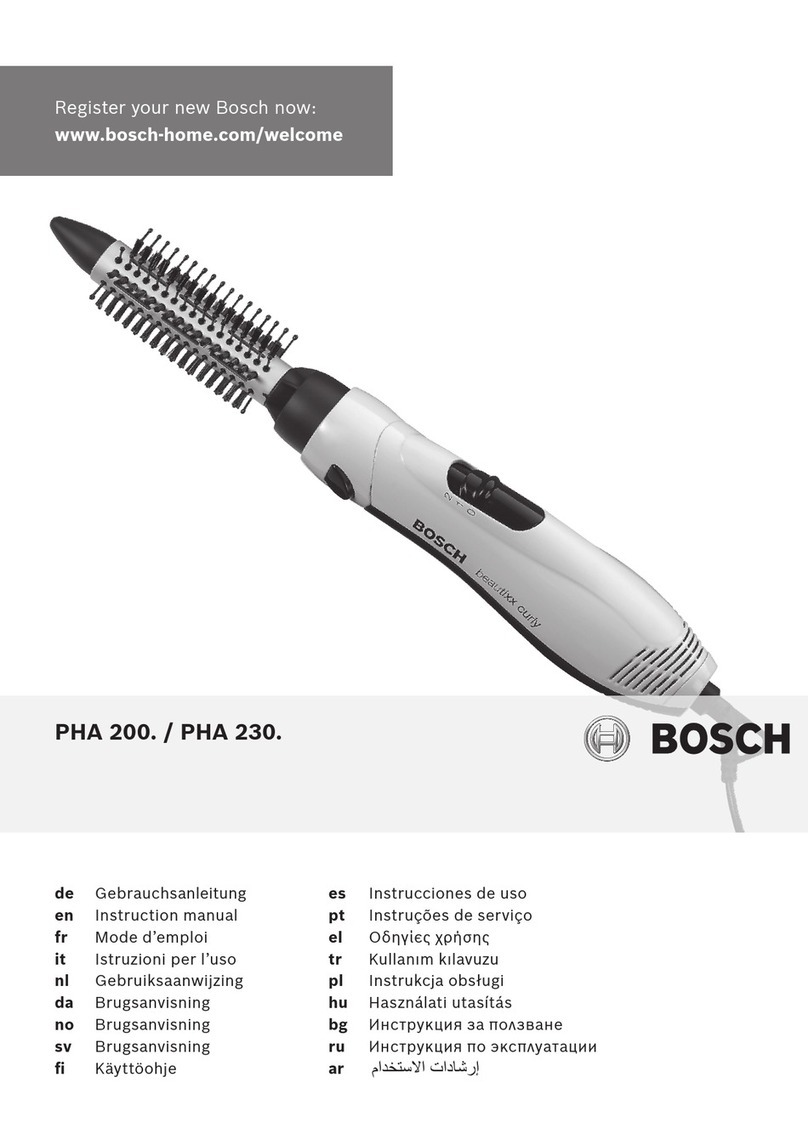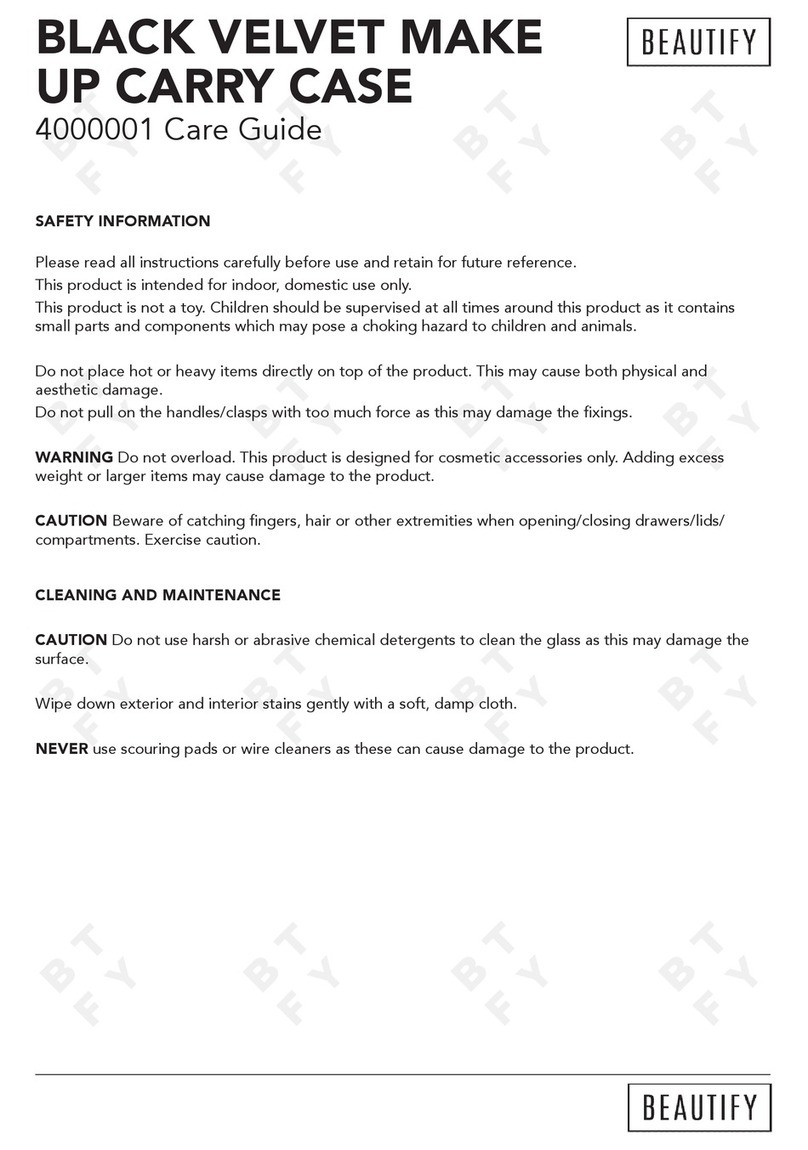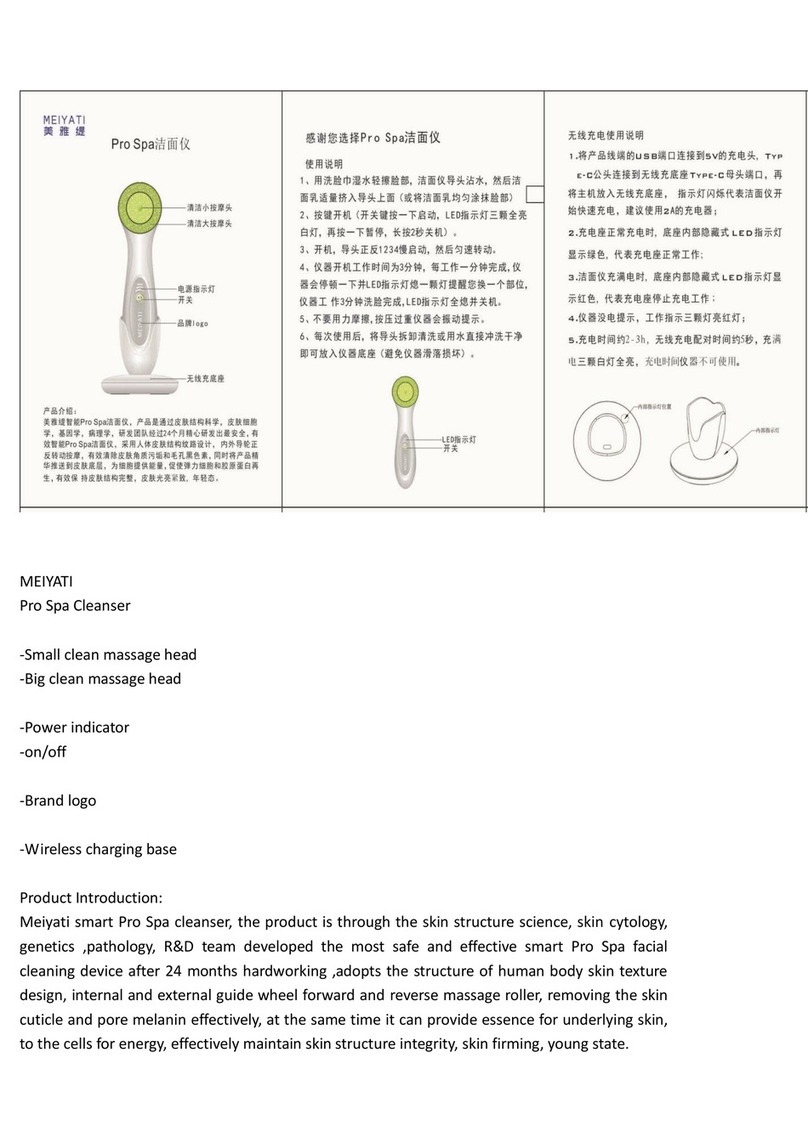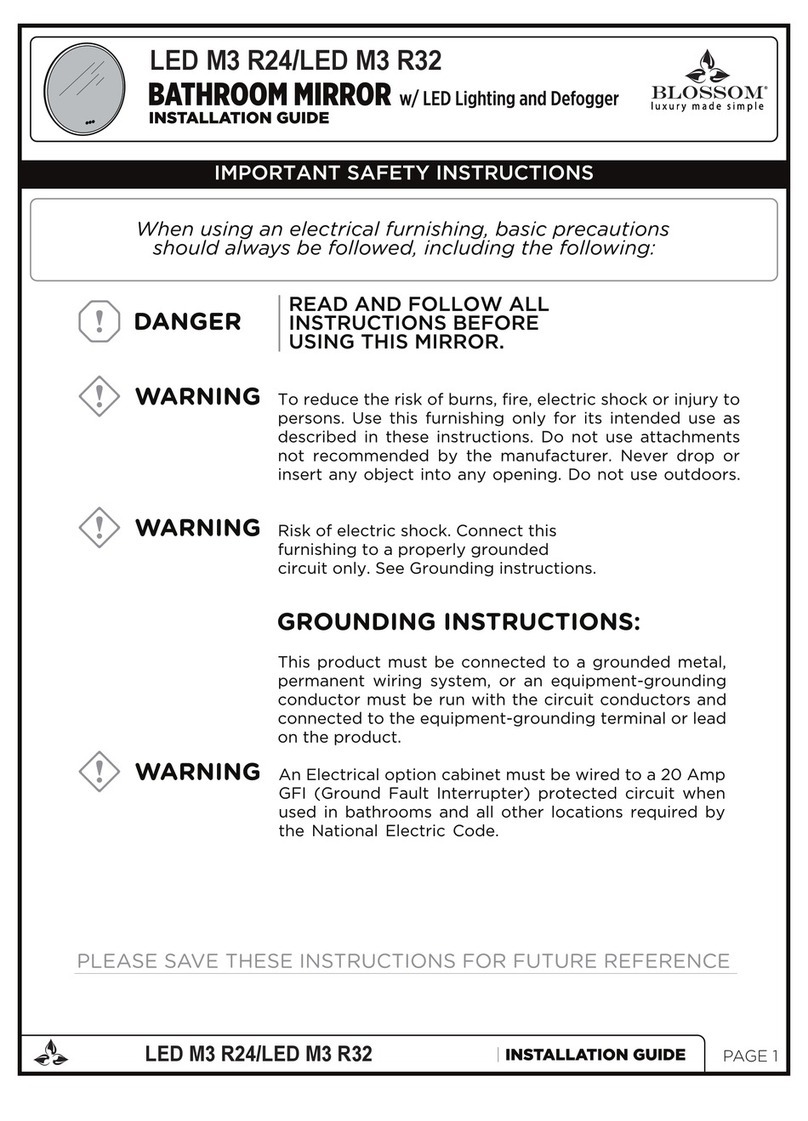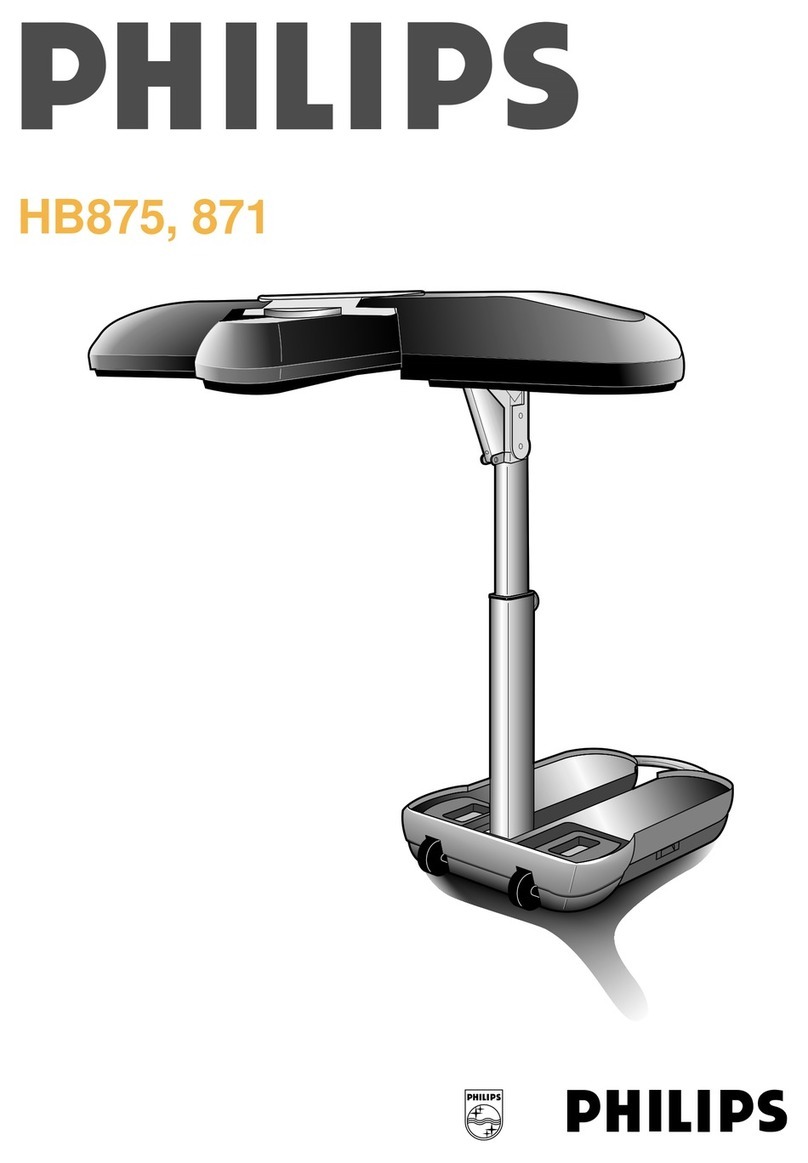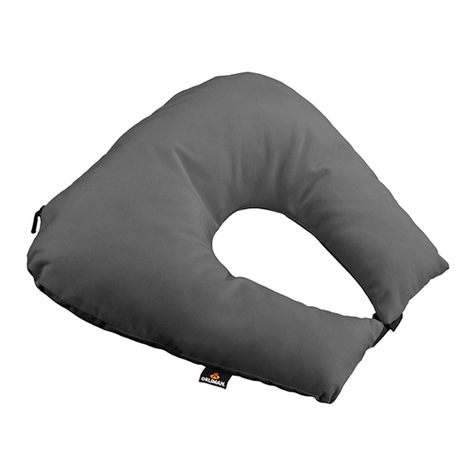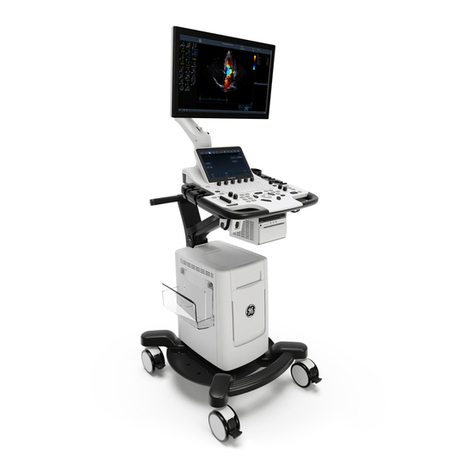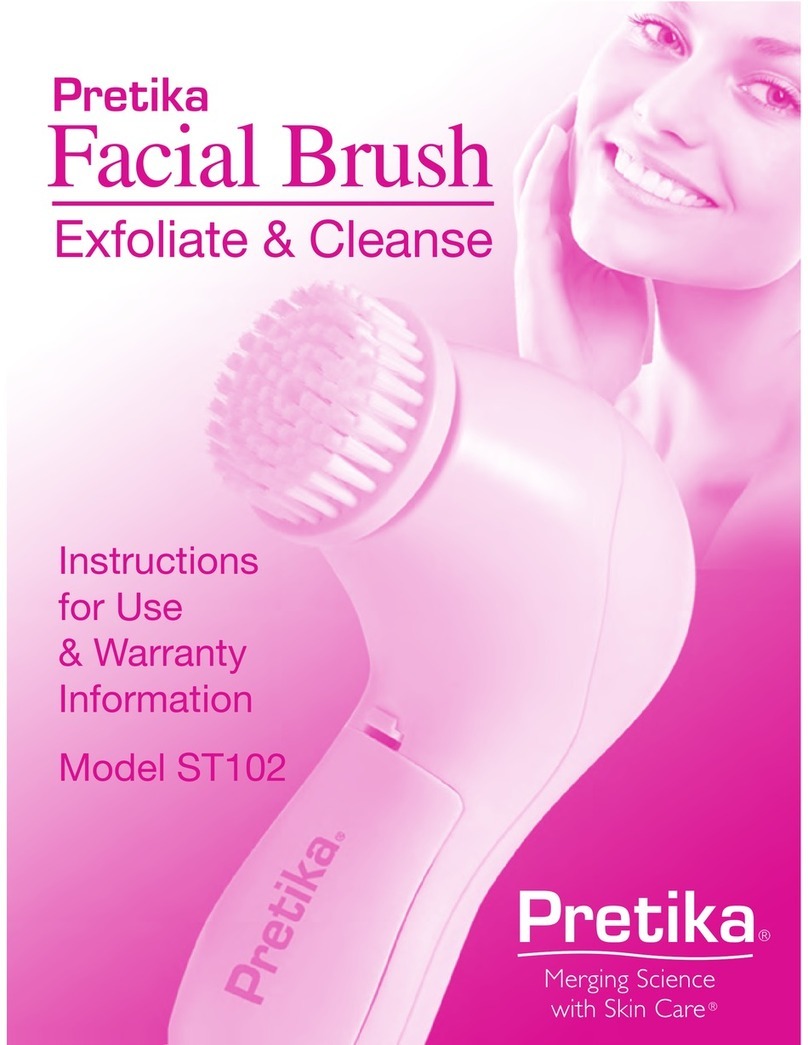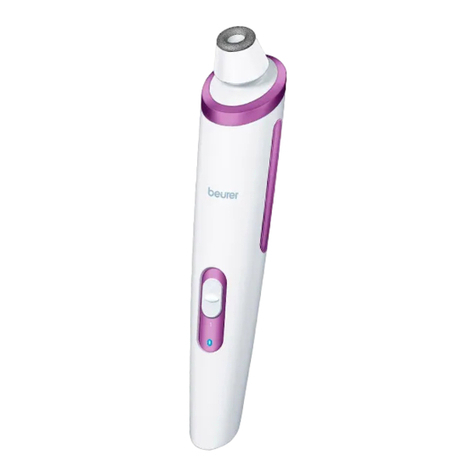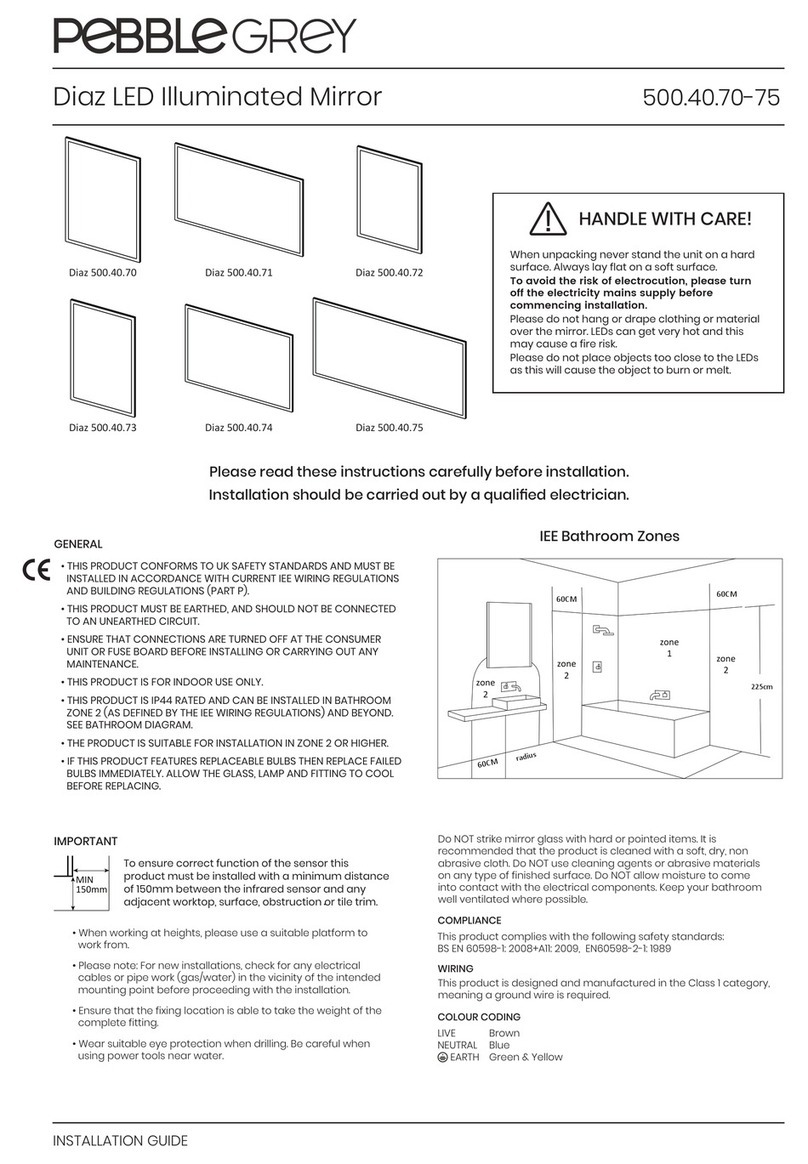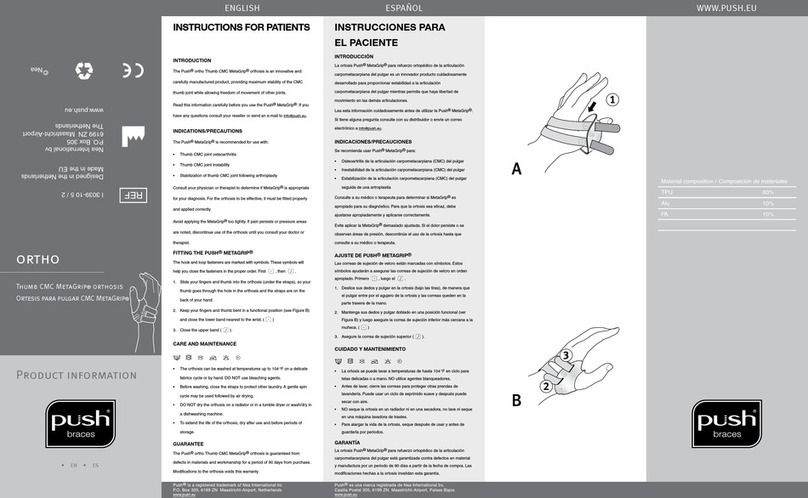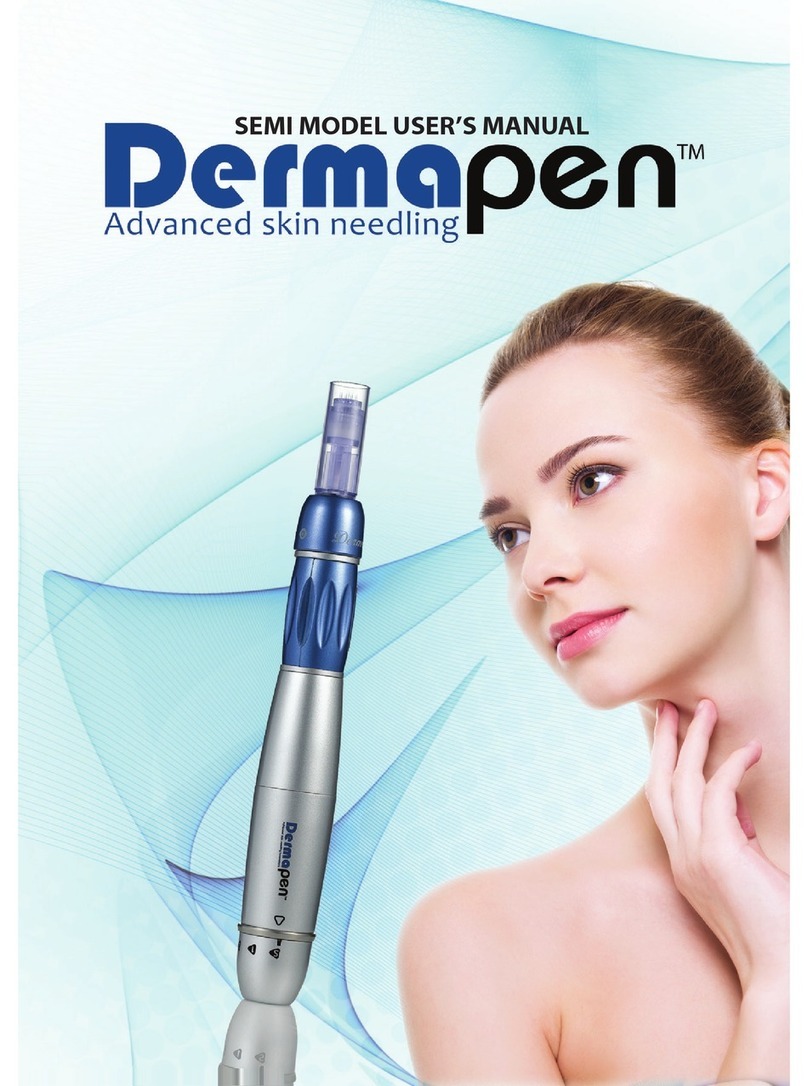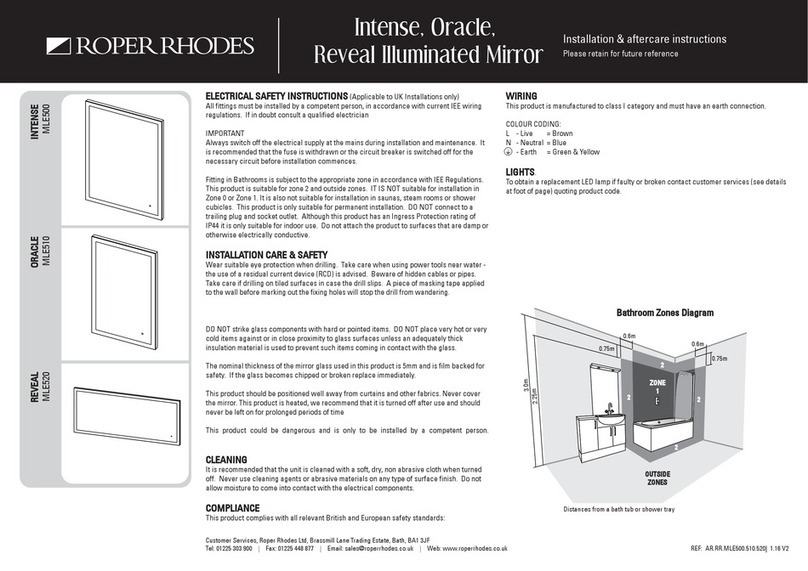InkMachines Dragonfly User manual

1
Manual for the Dragonfly tattoo machine rev.2

2
Introduction
We are proud to present the Dragonfly tattoo machine. Designed with the tattoo artist in focus
and manufactured with the highest quality materials and components available.
The Dragonfly is a state of the art rotary based tattoo machine with features that gives it
several advantages compared to other tattoo machines. The adjustable suspension system
allows the needles hitting force to be adjusted, the low noise, the light weight, the needlebar
retainer and the ability to accept most standard grips, tubes, needles and power supplies with
RCA or clipcord are some of the features and improvements incorporated in to the design
without compromising the function or ergonomics. All of these things and more put together
in one package makes the Dragonfly the most complete tattoo machine ever made.
The Dragonfly have been tested and developed for over three years by engineers and several
professional tattoo artists which means that you can look forward to the reliable and
satisfactory performance of the Dragonfly for years to come.
You should expect a return on your investment in the form of you and your customers well
being, enabling you to perform better and ultimately improving your business.
To ensure safety and obtain maximum service life from the machine it is essential that users
read and understand this manual. Check out www.Inkmachines.com for more info and news.
Safety
The Dragonfly is designed and developed solely for tattooing of humans by professional
tattoo artists. Do not under any circumstances use for other purposes.
Inkmachines only provide products for professional tattoo artists and may only be used by
professionals with knowledge about diseases and how to maintain a clean working
environment and sterile equipment. Work safe!
Always use sterile tubes, grips, tips and needles.
Always use rubber gloves.
Use plastic bags and wraps for tattoo equipment around the machine and the power cord.
Always keep your machines clean! Before and after every use you should: remove any oil or
dirt and wipe the machine clean with alcohol or equivalent disinfectant.
The manufacturer does not have responsibility for any kind of material damage, person
damage or infection caused by negligence or misuse of the machine or the components
attached to the machine.
The manufacturer does not have responsibility for contamination or infection of humans or
animals.

3
Maintenance instructions
Moving parts exposed to friction needs lubrication!
Use the oil that were supplied with the machine and follow these steps to lubricate every
100 hours of use. Only use the oil provided with the machine, other oils may reduce lifetime
of the machine and / or clog.
1. Remove grip and needle.
2. Remove the cap and push the piston assembly down to the bottom of its stroke
by pushing on the needlebar pin and lube with a small amount of oil in the
corners between the piston and the frame . Put the cap back in place.
3. Apply oil just above the needlebar pin in the oval hole.
4. Apply oil on the bearings of the needlebar retainer and roll the bearings a
few times back and forward to let the oil run into the bearings.
5. Run the machine between 9-12 volts for about a minute and clean it when done.
Service
Tools and spare parts are available on www.inkmachines.com in the spare parts section if you
want to do service work yourself. You can also send machines to our service technicians for a
full service. For more information go to www.inkmachines.com
Warranty
This product includes a 12 month warranty from the date of purchase. The warranty applies to
factory faults and not to wear of any components caused by normal or abnormal use.
The warranty is void if:
1. Input Voltage above 14 volts has been applied to the machine.
2. Machine or any of its components have been autoclaved or cleaned in an
ultrasonic cleaner.
3. Components have been damaged by misuse or carelessness.
4. Components have been manipulated.

4
Getting started
1. Disconnect the machine from the power supply.
2. Attach a new quality rubber nipple or grommet to the needlebar pin . The nipple or
grommet should have a tight fit with the needlebar loop.
3. Open the retainer to make clearance for the needlebar and tube by adjusting the
retainer screw .
4. Bend the needlebar to a slight arc shape or make a bend just at the soldering to
compensate the pressure from the needlebar retainer. This enables the needles to work
straighter, prevent it from wobbling and making it more stable in the tip.
5. Insert the needle carefully into the tube without damaging the needle tips.
6. Insert the tube / needle assembly trough the tube vice clamp and tighten the vice
lightly. Attach the needlebar loop to the nipple.
7. Move the needlebar pin and the attached needlebar down to the bottom of its
stroke by pressing the needlebar pin downwards, if the needlebar pin won’t move
down push the excentric bearing to the side at the same time.
8. Inspect and adjust the protrusion and alignment of the needle and tip by moving the
grip and tube to the desired location. Tighten the tube vice firmly when done .
9. Adjust the needlebar retainer by turning the retainer screw until the retainer
o-rings makes contact with the needlebar. Don’t tighten more than necessary to
keep the needle stable in the tip. If the needlebar don’t align properly with the retainer
o-rings, adjust / bend the needlebar so that it aligns.
10. Connect the machine to a power supply ( max 14 volts DC ) either with a RCA cable
to the RCA contact or a clipcord to the clipcord binding posts , if you
choose to use a clipcord make sure to connect positive to + and negative to –marked
on the machine next to the bindingposts. The motor should turn clockwise when
looking at the front.
11. Run the machine between 9-12 volts depending on needle size and friction, fine adjust
the needlebar retainer until the needle feels stable in the tip and make sure that
everything runs smoothly without excessive friction or noise.
12. Run the machine and adjust the needle suspension by feeling the needlebar pin
and nipple with your finger and by turning the cap to get the desired hitting,
clockwise = harder, counter clockwise = softer. When the cap is turned clockwise to
the bottom the needlebar pin will be locked with the piston . This position will
give the hardest hitting. When the cap is turned counter clockwise the stroke will be
increasingly softer until the limit is reached. When the limit is reached the adjustment
screw will make contact with the cap from the inside and produce noise, turn the
cap clockwise until the adjustment screw clears the cap and the noise stops. If you turn
the cap too far and the cap should come off during this operation, screw down the
adjustment screw two turns and reattach the cap by pushing it until it clicks into place.
13. Encapsulate the machine and cord with plastic bags and wrappings for tattoo
equipment.
14. Typical start values would be around 10.5 volts for shading and filling. 11-12.5 volts
for lining. The adjustment is normally set to soft for shading and medium to hard for
filling (packing color) and lining. These are just start values and are very much
individual. You may find other values to suit you better depending on your technique,
equipment etc.

5
Troubleshooting guide
If you experience problems with the machine you can consult the troubleshooting guide or
contact us for service at Inkmachines.com
Symptom
Possible cause
Possible Solution
The motor does not start
when the power is on but the
excenter can be
turned around (normally) by
hand. ( Electrical fault )
None or to low input
voltage.
Bad cable or power supply.
Bad connection.
Bad connection between the
RCA contact and the
motor.
Short circuit between frame
and clipcord
bindingpost positive (+)
.The clipcord
bindingpost positive is
electrically isolated from
the frame with a plastic
sleeve. If the sleeve fails
short circuit will occur.
The motor is defect.
Increase voltage (max 14 volts).
Make sure the power supply delivers the
right current. Consult manual if necessary.
Check clipcord or RCA cable. Replace if
necessary.
Make sure the contactscrews are not loose,
tighten the following:
contactscrew motor negative (-)
contactscrew bindingpost negative (-)
contactscrew cord positive (+) .
Loosen the RCA nut and unscrew the
RCA contact . Remove possible oxide
by sanding the tip of the contact that
engages with the contact plate of the
motor.
Clean the contact plate (visible through the
threaded hole) with alcohol on a cotton
bud. Turn the RCA contact until the tip
touches the contact plate gently. Tighten
the nut gently.
Remove the clipcord bindingpost
positive (+) and the sleeve.
Replace if necessary.
Use the disassemble and assemble
instructions as reference.
Table of contents
